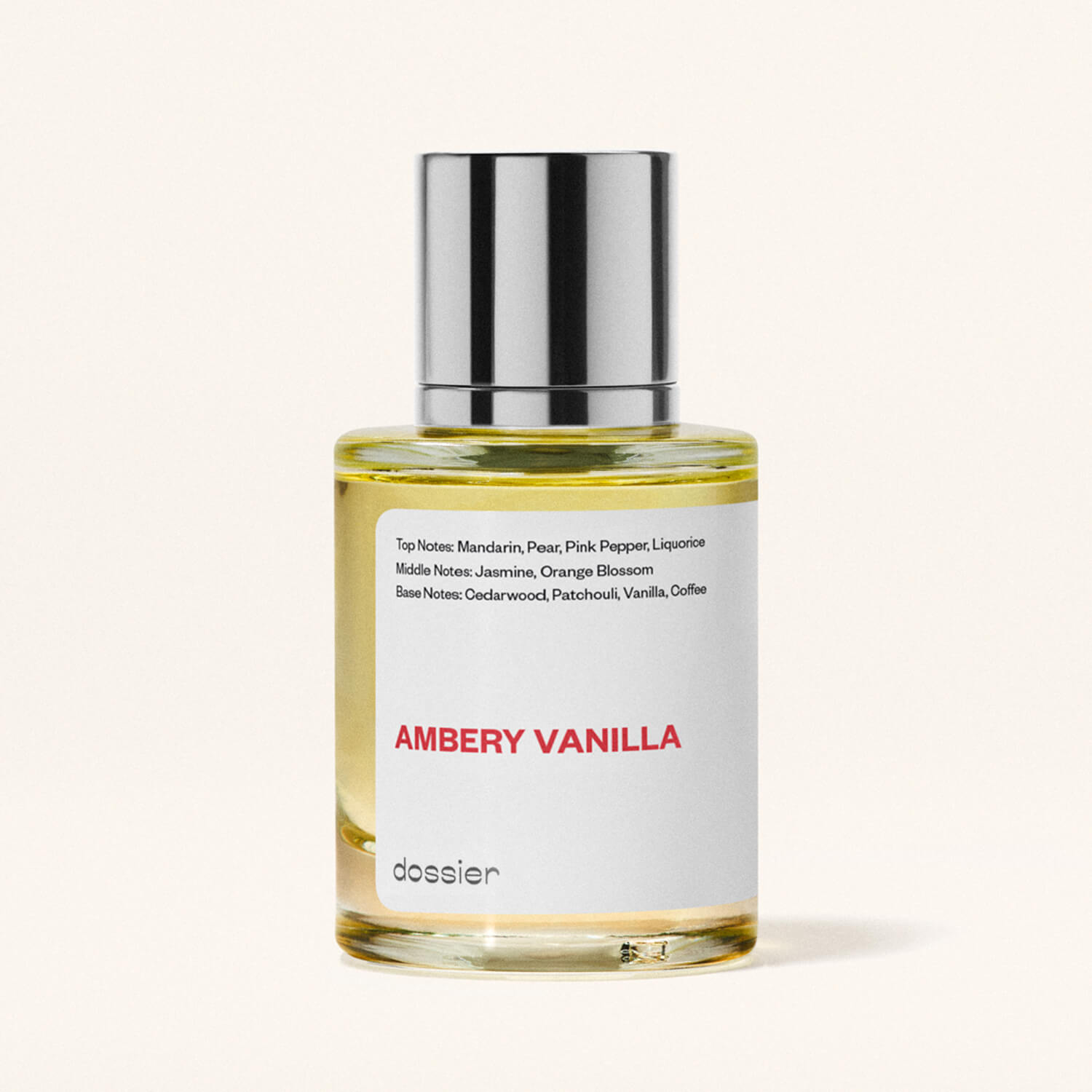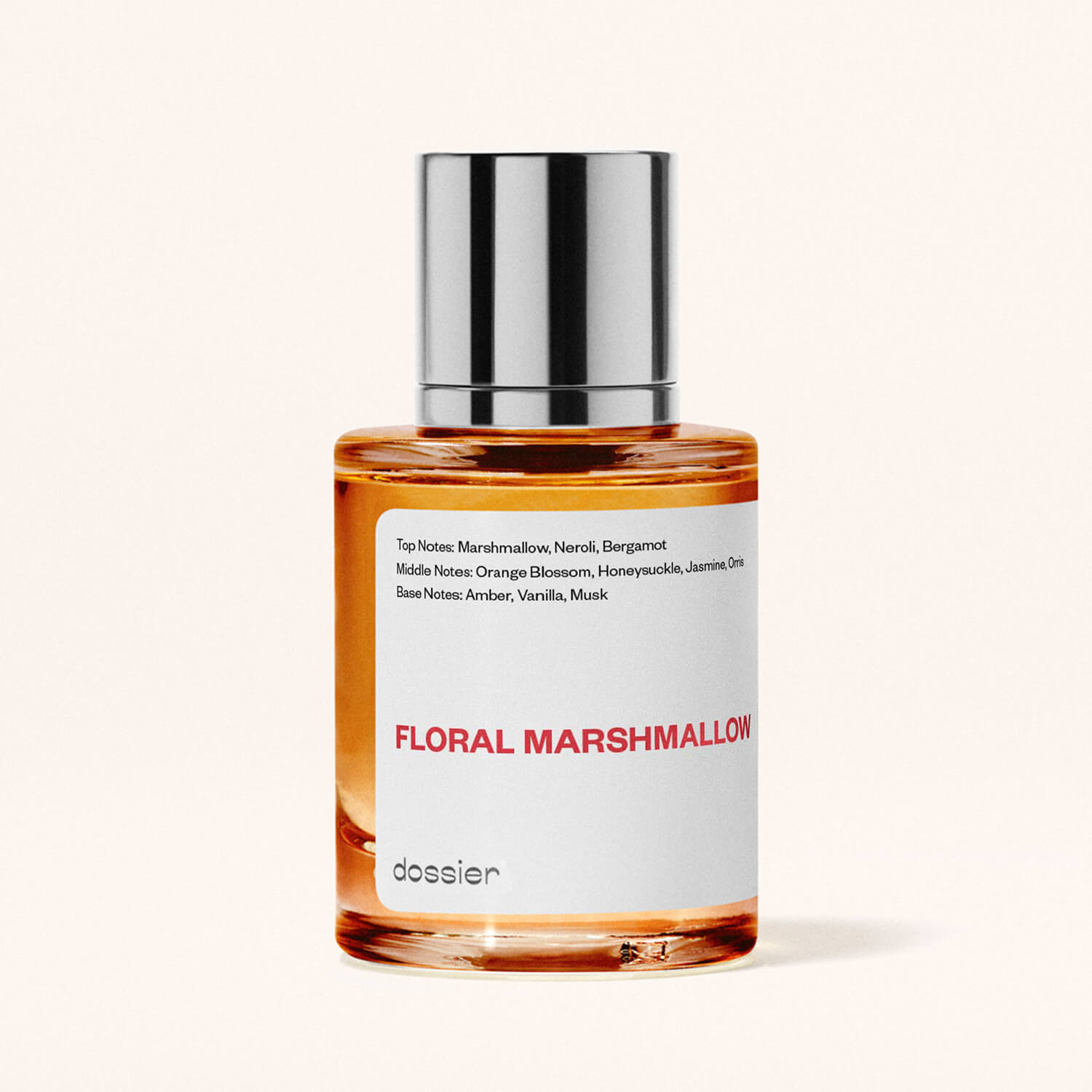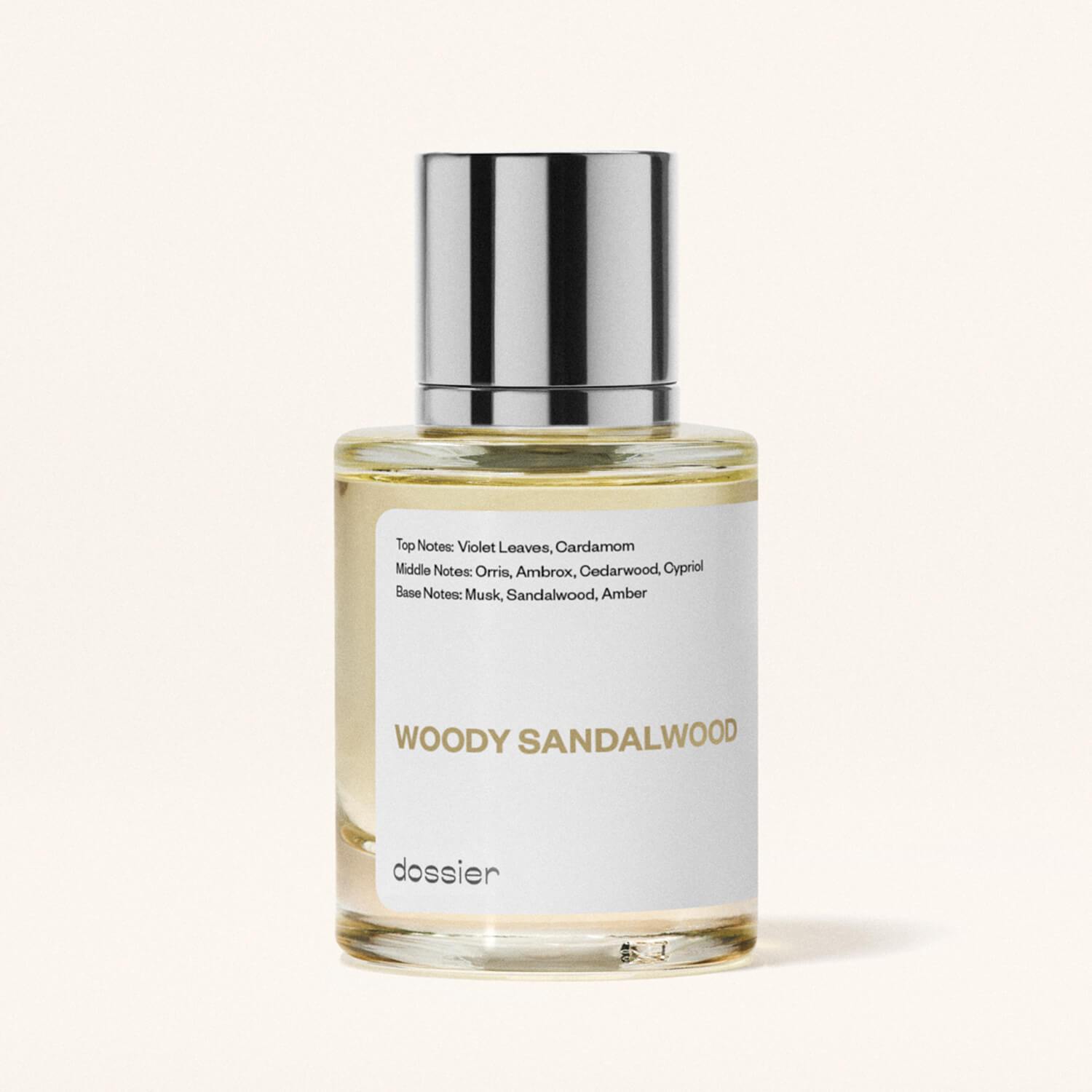You may know the 1970s as the era of bell-bottom jeans and disco, but it was also a time of sweeping cultural change across the board. When it comes to the world of fragrance, the 70s brought a sense of revolution, and the wonders of perfume were introduced to more people than ever before.
Up until this point, perfume was reserved almost exclusively for the bourgeoisie — a luxury that wasn’t afforded to the general masses. It was a symbol of haute couture, which was the French government’s safeguard on the world of high-fashion. Dating back to the late 1800s, haute couture status was a way to retain the exclusivity of established ateliers and fashion houses, which had its own set of rules regulated by the French government. During the 70s, however, that sense of exclusivity began to be disrupted.
The staying power of traditional perfumery
Notably, France still dominated the global perfume market. Haute couture’s established presence and legacy was undeniable. Yves Saint Laurent launched Rive Gauche in 1971, a fragrance composed by perfumers Jacques Polge and Michael Hy. This fragrance is one of the best expressions of “Parisian chic,” and it was even so iconic that famous perfume critic Luca Turin considered Rive Gauche to be the “best floral aldehydic of all time.”
Also released in 1971 was Chanel No. 19, a fragrance created by Henri Robert and launched a year before Coco Chanel’s death. Pale green in color, Chanel No. 19 is still considered today as one of the most iconic perfumes, paying homage to orris — an especially expensive and exclusive raw material.
During this same year, however, the U.S. emerged onto the fragrance scene with Aromatics Elixir by Clinique, a new house from Estée Lauder. It was considered a non-conformist perfume for women, as its bold and assertive fragrance profile was a decidedly “American” approach to the traditional chypre category pioneered by the French.
Patchouli: the scent of the hippies
One can’t mention the 70s without mentioning the American counterculture movement — and its defining scent. Patchouli was an undeniable marker of the fragrance era, with a deep, earthy aroma that made it popular among the hippies and free spirits of the 1970s. Its raw, natural scent became a symbol of a generation longing for change.
Patchouli is still perceived as “subversive”, and no institutional brand has yet created a fragrance around it. Only a small brand from the south of France, Reminiscence, crafted a perfume in 1970 around the unmistakable herb.
Romanticism made accessible
The 1970s made way for perfumes to finally get down off their unreachable pedestal. Designer brands, as opposed to haute couture brands, began to emerge into the fragrance market, with a target audience of teenagers and young women. In stark contrast to the exclusive, traditional nature of haute couture perfumery, these new designer brands made romantic, green floral fragrances more accessible to the masses.
Case in point: Lauren by Ralph Lauren, a floral green perfume that was the brand’s first fragrance for women. Launched in 1978, Lauren offered a feminine bouquet of rose, carnation, and violet with green top notes and a powdery base. Meanwhile in France that same year, the perfume Anais Anais was created by Cacharel. It offers romantic green floral tones in a spirit quite similar to that of Lauren.
Men’s perfumery emerges onto the scene
As fragrance democratized to the masses, it also gave way for the rise in popularity of men’s perfumery. The traditional men’s fougère structure started becoming extremely popular. The best example of this is Paco Rabanne Pour Homme, which was launched in 1973 and has remained a standard in men’s fragrances for several decades.
While the Aramis by Aramis cologne was launched in the U.S. in 1966, it gained widespread esteem in the 70s. This woody chypre fragrance by Aramis highlights strong aromatic accords, with an earthy base and instantly-recognizable leather note.
The 1970s undeniably brought with them a major movement of fragrance democratization, which led to a complete rejuvenation of the world of perfumery. The decade marked a major transitional time that paved the way for the proliferation of fragrance as we know it today.





